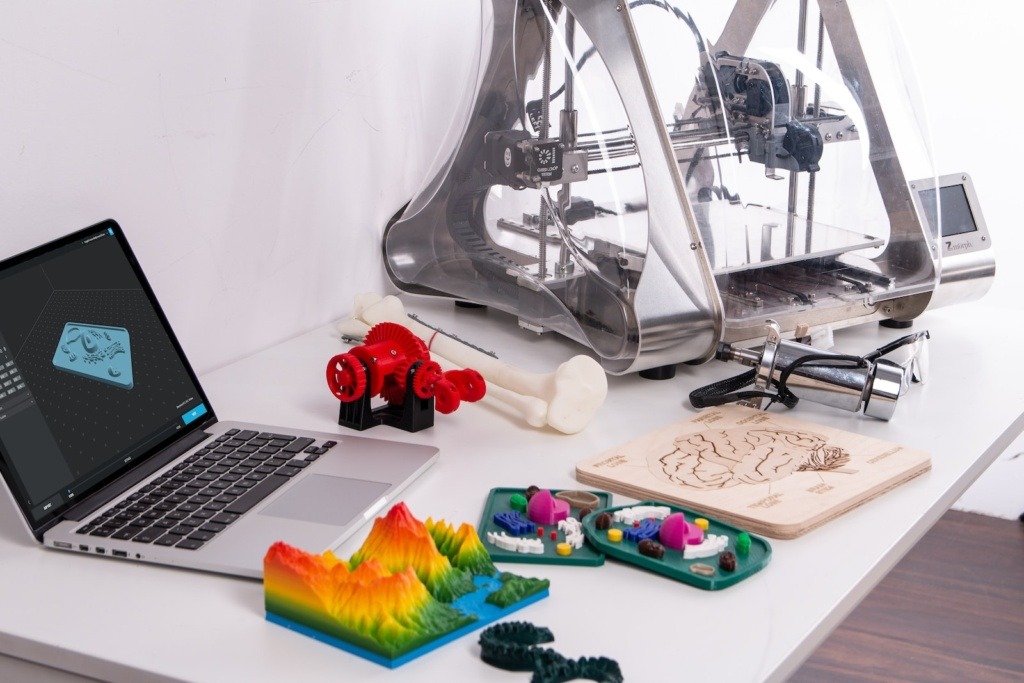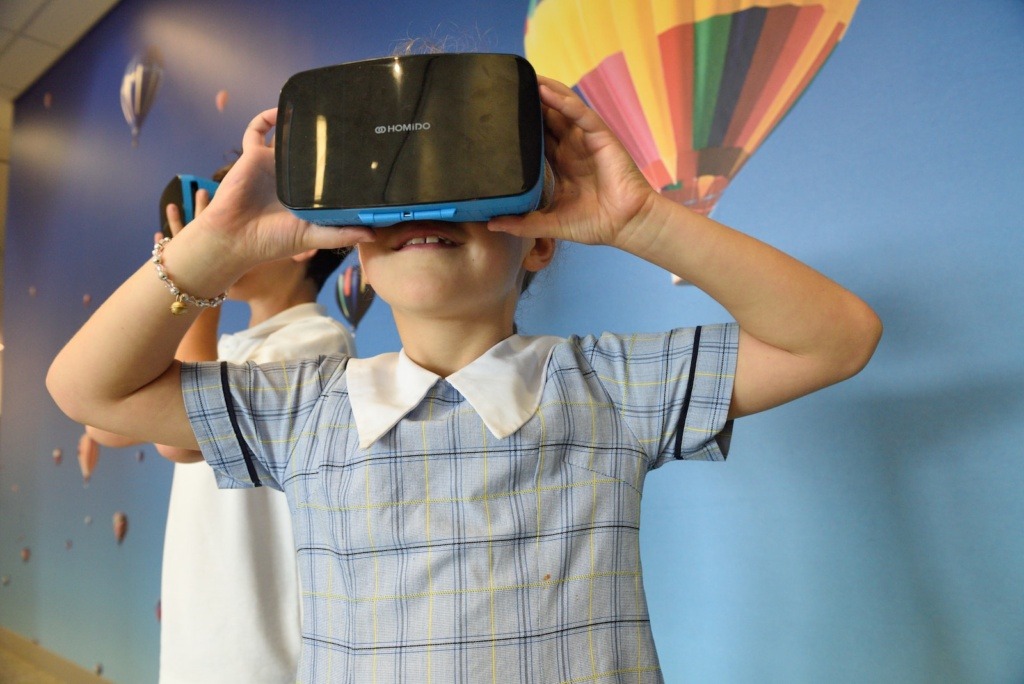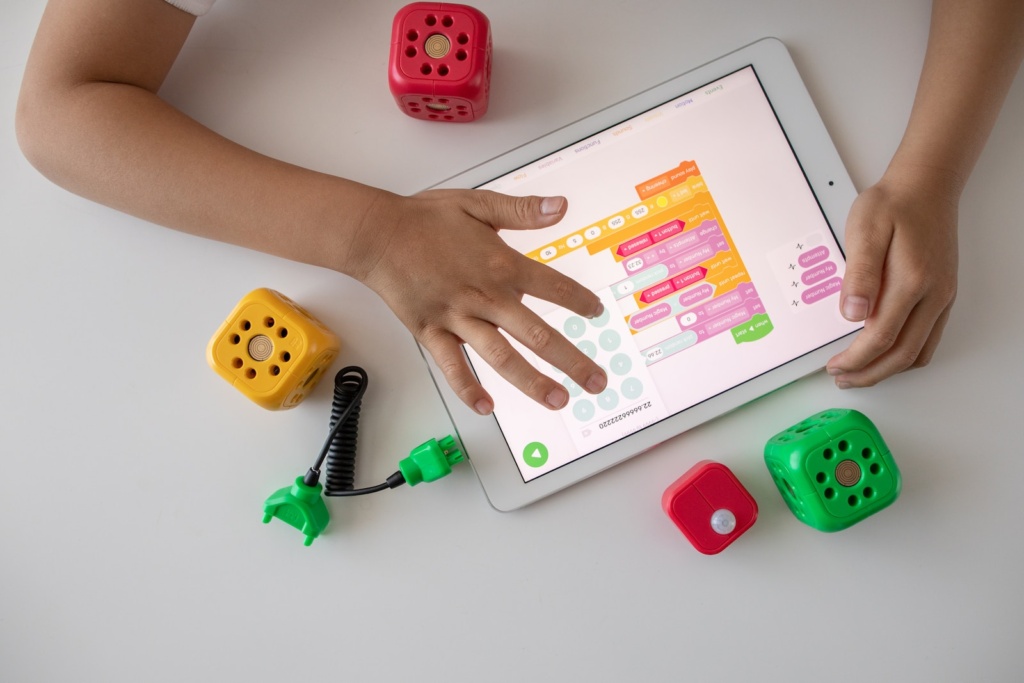STEM education, which focuses on science, technology, engineering, and mathematics, plays a crucial role in preparing students for the future. However, there is growing recognition that integrating arts into STEM (STEAM) education can enhance creativity, innovation, and interdisciplinary thinking. In this blog post, we will explore the benefits and strategies of integrating arts into STEM education. Discover how incorporating art forms such as visual arts, music, theater, and design can foster a holistic approach to learning and nurture well-rounded STEM learners.
Section 1: The Benefits of Arts Integration in STEM Education

Explore the benefits of integrating arts into STEM education. Discover how the arts enhance creativity, foster critical thinking, improve problem-solving skills, and promote innovation among STEM learners.
Section 2: Fostering Creativity and Innovation through Artistic Expression

Artistic expression cultivates creativity and encourages innovative thinking. Learn how incorporating art forms in STEM education provides opportunities for students to think outside the box, explore unconventional solutions, and embrace a more holistic approach to problem-solving.
Section 3: Developing Interdisciplinary Connections and Holistic Understanding

Integrating arts into STEM education creates opportunities for interdisciplinary connections. Explore how combining art with STEM subjects allows students to see connections between seemingly unrelated disciplines, fostering a holistic understanding of the world.
Section 4: Enhancing Communication and Collaboration Skills

Artistic activities promote effective communication and collaboration skills. Discover how collaborative art projects and performances encourage students to communicate ideas, work together, and appreciate diverse perspectives, essential skills for success in STEM fields.
Section 5: Strategies for Integrating Arts into STEM Education

Explore practical strategies for integrating arts into STEM education. Discover how to design cross-curricular projects, incorporate arts-based activities into STEM lessons, leverage technology and digital tools, and foster a supportive and inclusive classroom environment.
Conclusion:
Integrating arts into STEM education opens up new possibilities for creativity, innovation, and holistic learning. By combining the analytical and problem-solving skills of STEM with the expressive and imaginative nature of arts, we can empower students to become well-rounded STEM learners. Embrace the benefits of arts integration in STEM education and provide students with opportunities to explore, create, and collaborate across disciplines. Let us foster a generation of STEM learners who are not only knowledgeable and skilled but also imaginative, empathetic, and innovative.
